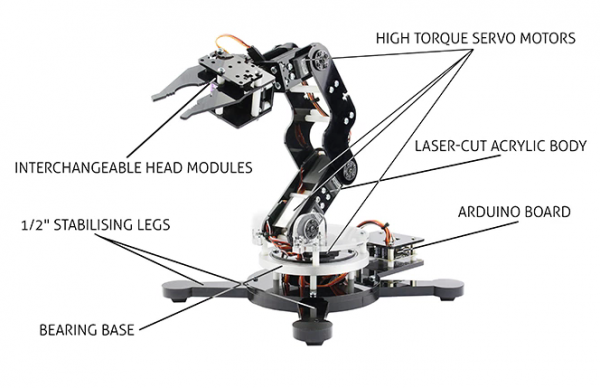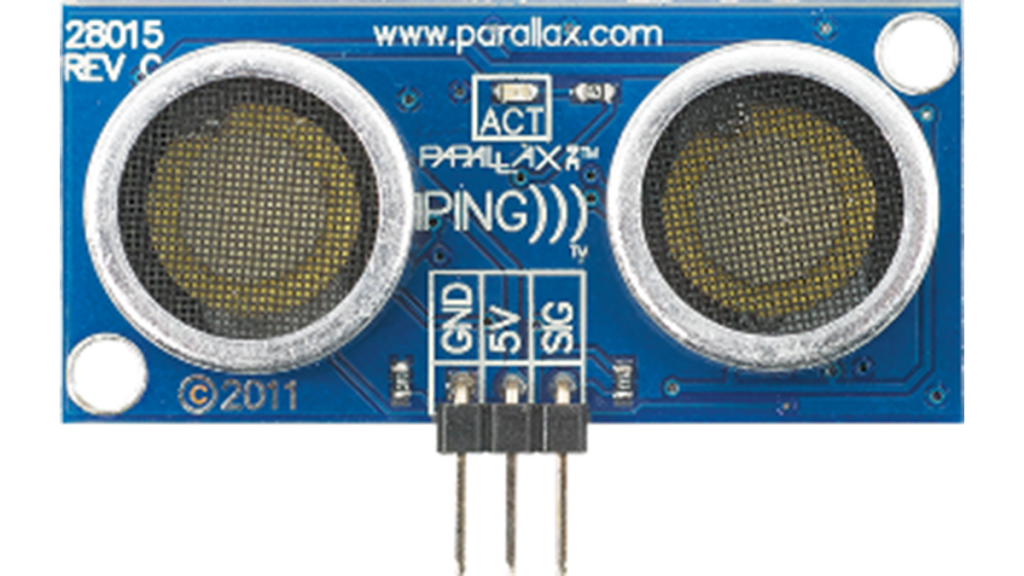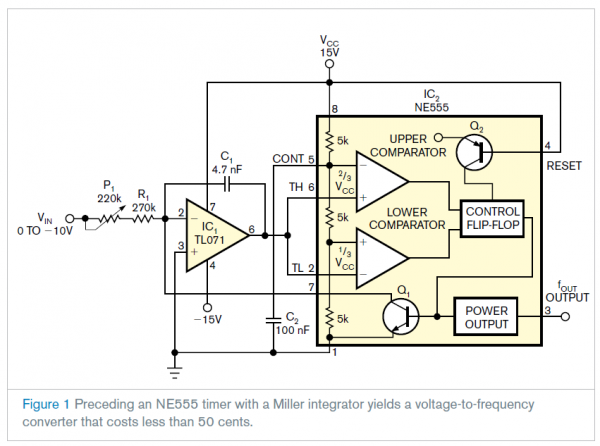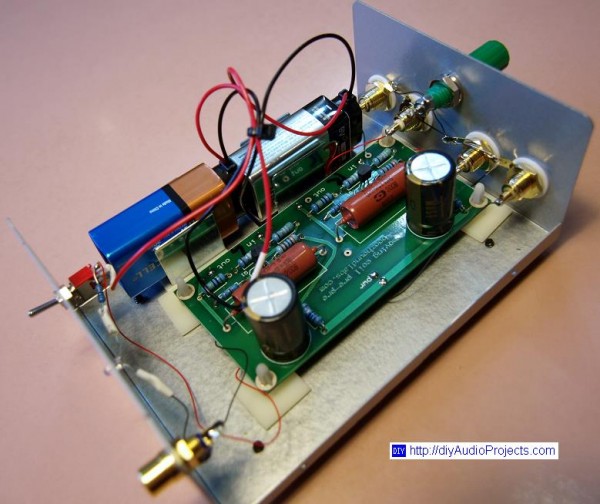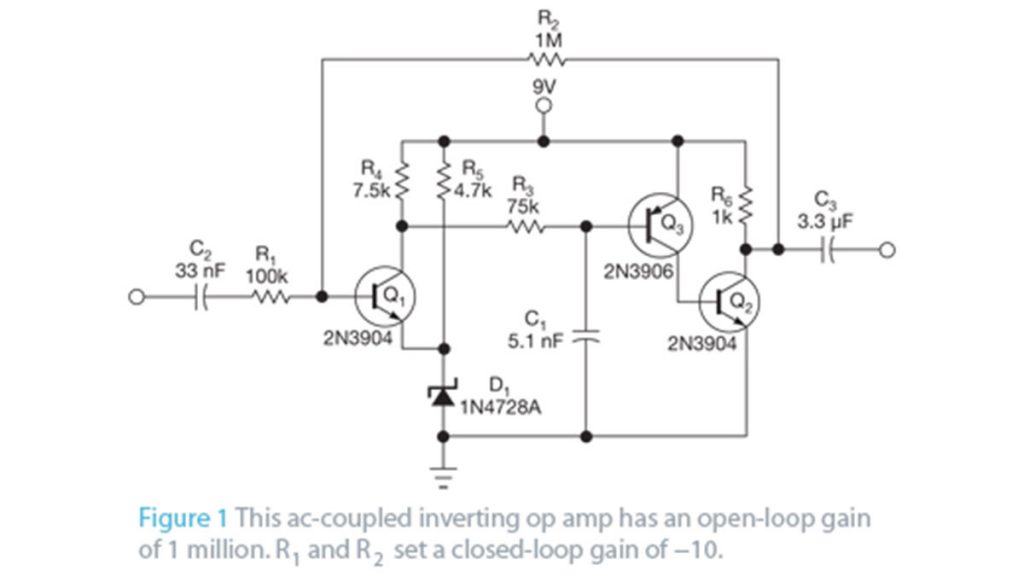Maximo 5-axis Robot Arm with a laser-cut acrylic body
About this project This is a Robot Arm with 5-axis range of motion allowing movements similar to assembly line robots. It was designed to offer the highest quality while remaining one of the most affordable robotic arms on the market. Three years ago, we created MandleBot, a 5-axis aluminum robotic arm currently being used in schools, […]
Maximo 5-axis Robot Arm with a laser-cut acrylic body Continue Reading

